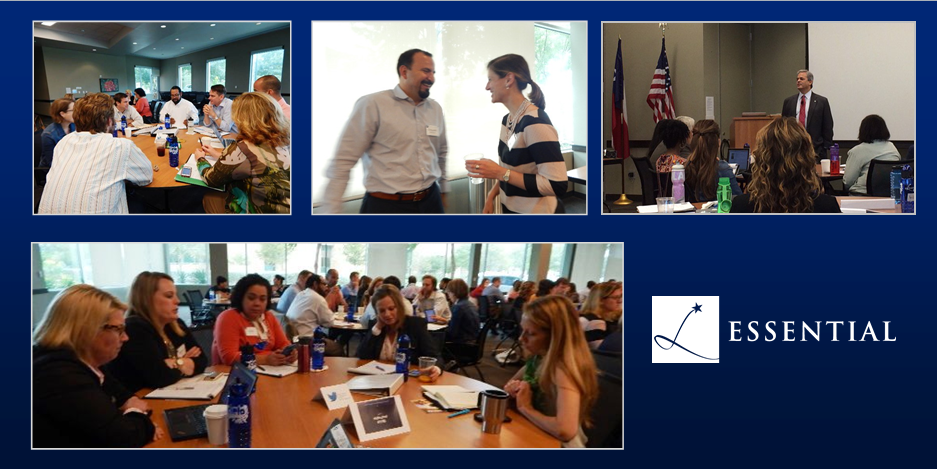

Guest post from Essential Class of 2016 participant Kelly Nichols, reflecting on the October 2015 class day on Greater Austin’s demographics and growth. Kelly is a Principal at Woollard Nichols & Associates.
“I was drawn to Austin in the late 70’s because there was no ‘landed gentry’… there was a sense you could start something.”
-Mayor Steve Adler, at Leadership Austin October Essential Class
Since the topic of the first Essential class was on growth, and our first class reading focused on authenticity, I’ve been pondering the connection between the two. So much of what we hear about Austin’s exponential population and economic growth is related to our authentic-ness as a city. Mayor Adler noted that we have real live music – not a music museum – downtown. Ryan Robinson pointed to research from Richard Florida on the intangible factors that have led to the rise of our creative class – openness, tolerance, and innovation. Call it quality of life, call it cultural vibrancy, call it weird, there is something special that continues to draw people to Austin.
But as we talked about in our discussion after lunch, authenticity and sincerity aren’t the same thing. And this, I’m afraid, is where the metaphor of Austin as an authentic city may fall short. We may have been sincere as a city about our intentions, but I don’t think we have always been authentic in owning up to the truth about our city’s history of racial segregation, our unwillingness to adequately fund the infrastructure needed for a growing population, our persistent socioeconomic inequities, and our lack of transparency.
Based on the thoughtful comments and tough questions I heard from my classmates last week, however, I’m thrilled to be a part of a group that I think is ready to tackle hard truths about our city. As we move forward with this year’s program, I would urge us to keep in mind some memorable themes we heard on the first class day:
- There is a “Tale of Two Austins.”
- Don’t just focus on the description of the problem, but address the solutions.
- We need to start designing cross-cutting solutions that address more than one issue area.
- Leadership means taking money out of your pocket now to pay for issues that future populations will face.
- What does it mean for Austin to be “winning”?
Like Mayor Adler, I think my Leadership Austin classmates were drawn to this program because we had a sense we could “start something” here. Let’s see if making Austin more truly authentic could be one of those things.
NOTE: The opinions of Leadership Austin alumni, faculty members, and guest bloggers are their own, and do not represent an official position of the organization.
